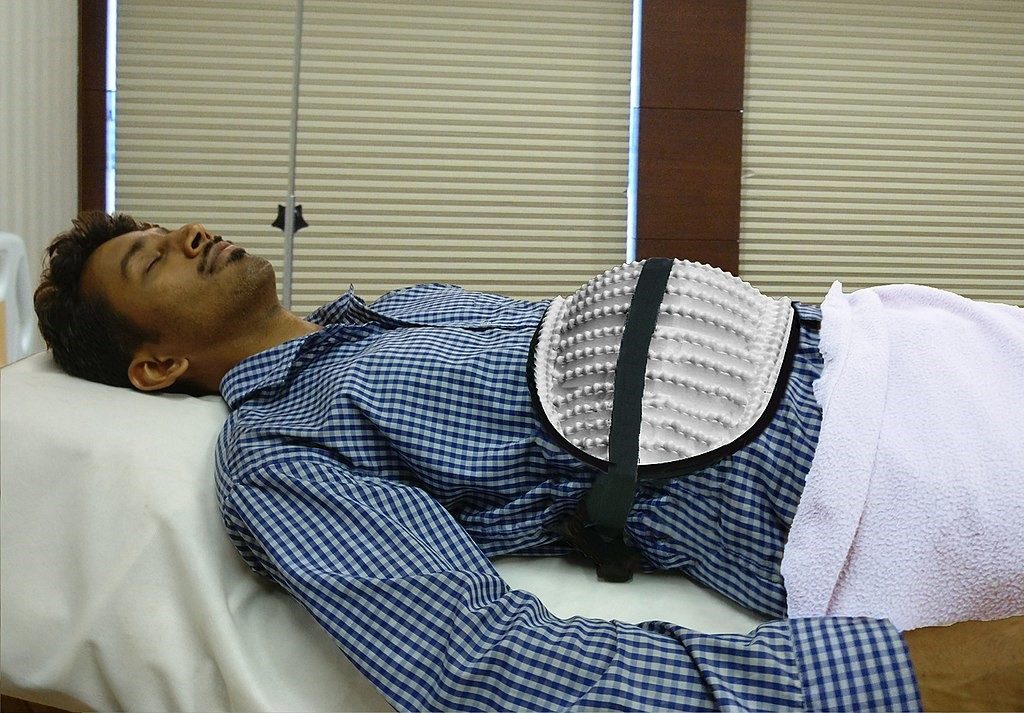 MUMBAI – March 24, 2018, is World Tuberculosis Day.
MUMBAI – March 24, 2018, is World Tuberculosis Day.
TB is often misunderstood, not only by the public but also in the ability to accurately track. Therefore, myths abound among the populace and statistics are often misleading, even for the experts in the field, including the World Health Organization (WHO).
This is especially true of India where, statistically, a great percentage of the world’s total cases are still being reported. But there is a lot more to the story.
The first and most important fact is that India had embarked on a “90-90-90 target” program in which it is determined to reduce the rate of incidence, mortality, and health expenditures due to TB by 2035. The revised plan calls for the elimination of TB in India by 2025. Here are some of the issues that task must tackle.
There are an estimated 200 to 300 cases of tuberculosis per 100,000 people annually. In Western Europe, the rate is five per 100,000.
Although India experienced a 12 percent reduction in tuberculosis-related deaths in 2016, it also witnessed 1.7 million newly reported cases, nearly 28% of the number of cases reported worldwide. In addition, 32 percent of the deaths from TB worldwide were in India.
India is one of seven countries accounted for 64% of the newly-reported cases of TB. The other six are China, Indonesia, Nigeria, Pakistan, Philippines, and South Africa.
Medical professionals generally agree, however, that the statistics in India are especially misleading. As medical advances and public awareness of available treatments increases, the number of reported new cases as well as the number of attributable deaths generates a statistical increase while the evidence that the country is making progress is, at the same time, obvious.
The dispelling of several widespread misunderstandings about tuberculosis (a good thing) seems to have contributed to skewing the statistical versus the actual increase in reported cases.
One of those myths is that TB is that patients need to be isolated. One doctor said that “Bearing the disease in itself is enough. Social isolation will only worsen the matters for the patient.” Although the disease can be spread through the air by coughing or sneezing, wearing a medical mask should be sufficient to prevent infection of others.
Another pernicious point of misunderstanding is that tuberculosis is incurable. It is, in fact, quite curable. Whenever people believe this myth, they typically will not seek the very treatment that can lead to full recovery.
Another major problem facing the complete eradication of the disease is that many people fail to complete the entire treatment regimen of medication. These people unnecessarily endanger themselves. Incomplete treatment can lead to drug resistance which is ultimately more difficult to treat than the TB itself.
With modern medication, such as bedaquiline and delamanid, improved and more readily-available diagnostics, such as CB-NAAT, and new treatment plans, the disease of tuberculosis can be overcome.
In-depth information about the remarkable TB treatment plan in India is available in the 106-page Revised National Strategic Plan for Tuberculosis Elimination 2017-2025 published by the Central TB Division, Directorate General of Health Service, Ministry of Health with Family Welfare. In it, readers will learn how the plan will be used to Detect, Treat, and Prevent the instances of TB and Build a system to maintain an end to the disease in India.
Sources:
- The Hindu, Fewer TB deaths in India: WHO
- The Hindu, Mumbai sees 20% rise in XDR TB cases
- The Hindu, Nationwide programme to test all TB patients
- The World Health Organization, TUBERCULOSIS, Global Tuberculosis Report 2017
- TBFacts.org, TB in India – Elimination, Private Care, TB burden, NSPs
- TBFacts.org, TB treatment in India – New patients, previously treated, daily treatment
- Times of India, World Tuberculosis Day: The 3 most common Indian myths about TB!
- Revised National Strategic Plan for Tuberculosis Elimination 2017-2025
Image Source:
- By Supervasi Foundation (Own work) [CC BY-SA 4.0], via Wikimedia Commons




